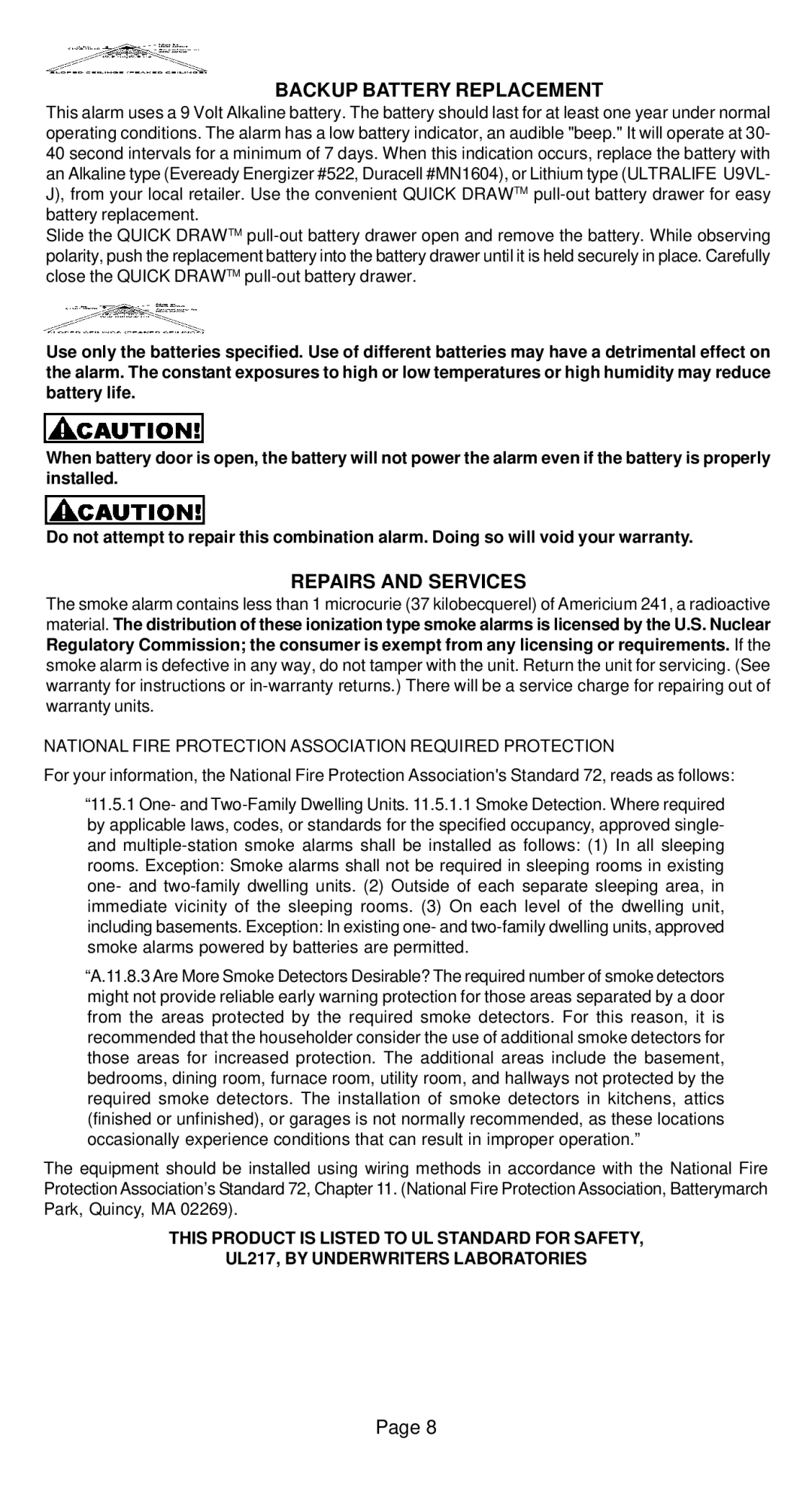CD-9775 specifications
The Universal CD-9775 is a cutting-edge compact disc player renowned for its advanced features and high-quality sound reproduction. Designed with audiophiles in mind, the CD-9775 combines sleek aesthetics with robust technology, making it a standout component in any home audio system.One of the key features of the Universal CD-9775 is its high-resolution audio playback capability. This unit supports various audio formats, including standard CDs, CD-Rs, and CD-RWs, offering versatility for music enthusiasts. The player's ability to decode and play high-resolution audio files ensures that listeners can enjoy every nuance of their favorite tracks.
The CD-9775 employs a precision-engineered transport mechanism that minimizes vibration and improves tracking accuracy. This technology enhances audio clarity and detail, resulting in a more immersive listening experience. The high-quality D/A converter used in this player further assists in delivering crystal-clear sound, allowing users to appreciate the depth and richness of their music collection.
In terms of connectivity, the Universal CD-9775 is equipped with multiple output options, including RCA analog outputs and digital outputs, such as optical and coaxial connections. This flexibility allows users to connect the player to various audio systems, whether they be traditional stereo setups or modern home theater configurations.
Another notable characteristic of the CD-9775 is its user-friendly interface. The sleek front panel features a clear display, making it easy to navigate through tracks and settings. Additionally, the inclusion of a remote control provides convenience, enabling users to operate the device from a distance without hassle.
When it comes to build quality, the CD-9775 does not disappoint. Constructed with durable materials, the player is designed to withstand the test of time, ensuring longevity and reliable performance. Its elegant design seamlessly integrates into any living space, appealing to both functionality and style.
Overall, the Universal CD-9775 is a testament to high-fidelity audio engineering. With its blend of advanced technologies, remarkable sound quality, and user-centric design, this compact disc player is an ideal choice for anyone seeking to elevate their music listening experience. Whether for casual listeners or serious audiophiles, the CD-9775 stands out as a premier option in the world of audio equipment, offering a compelling mix of performance and elegance.

